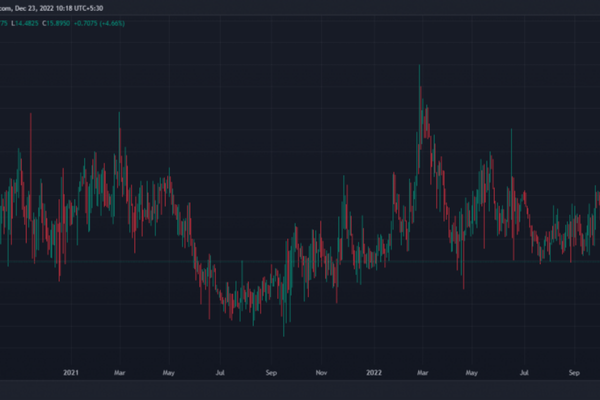Recently, India VIX surged above the critical threshold of 21, indicating heightened volatility in India’s stock market.
About the Volatility Index (VIX):
- The Volatility Index, also known as VIX or the Fear Index, quantifies the market’s anticipation of volatility over the short term.
- Defined as the rate and magnitude of price changes, the VIX serves as a measure of market risk or financial instability.
- This index reflects how much an underlying index is expected to fluctuate in the near term, expressed as annualized volatility in percentage terms (e.g., 20%).
- A rise in the VIX generally indicates increased market volatility, often seen with steep market movements either upwards or downwards. Conversely, a decline in the VIX suggests subsiding volatility.
- Initially based on the S&P 100 Index option prices in 1993, the methodology for the VIX was revised in 2003 to utilize S&P 500 Index options.
- The VIX was pioneered by the Chicago Board of Options Exchange (CBOE), marking it as the first volatility index for the US markets.
About India VIX:
- India VIX specifically measures the expected market volatility over the next 30 calendar days in India.
- It is computed by the National Stock Exchange (NSE) based on the order book of NIFTY Options, utilizing the best bid-ask quotes of near and next-month NIFTY options contracts traded on the F&O segment of NSE.
- Like its global counterpart, higher values of India VIX indicate greater expected volatility and lower values suggest less anticipated fluctuations.
- The index serves as a crucial indicator of investor sentiment regarding near-term market risk.
- India VIX is a licensed use of the ‘VIX’ trademark by the CBOE, granted to NSE with permissions for application specifically to the Indian market context.
Ref: Source
| UPSC IAS Preparation Resources | |
| Current Affairs Analysis | Topperspedia |
| GS Shots | Simply Explained |
| Daily Flash Cards | Daily Quiz |



